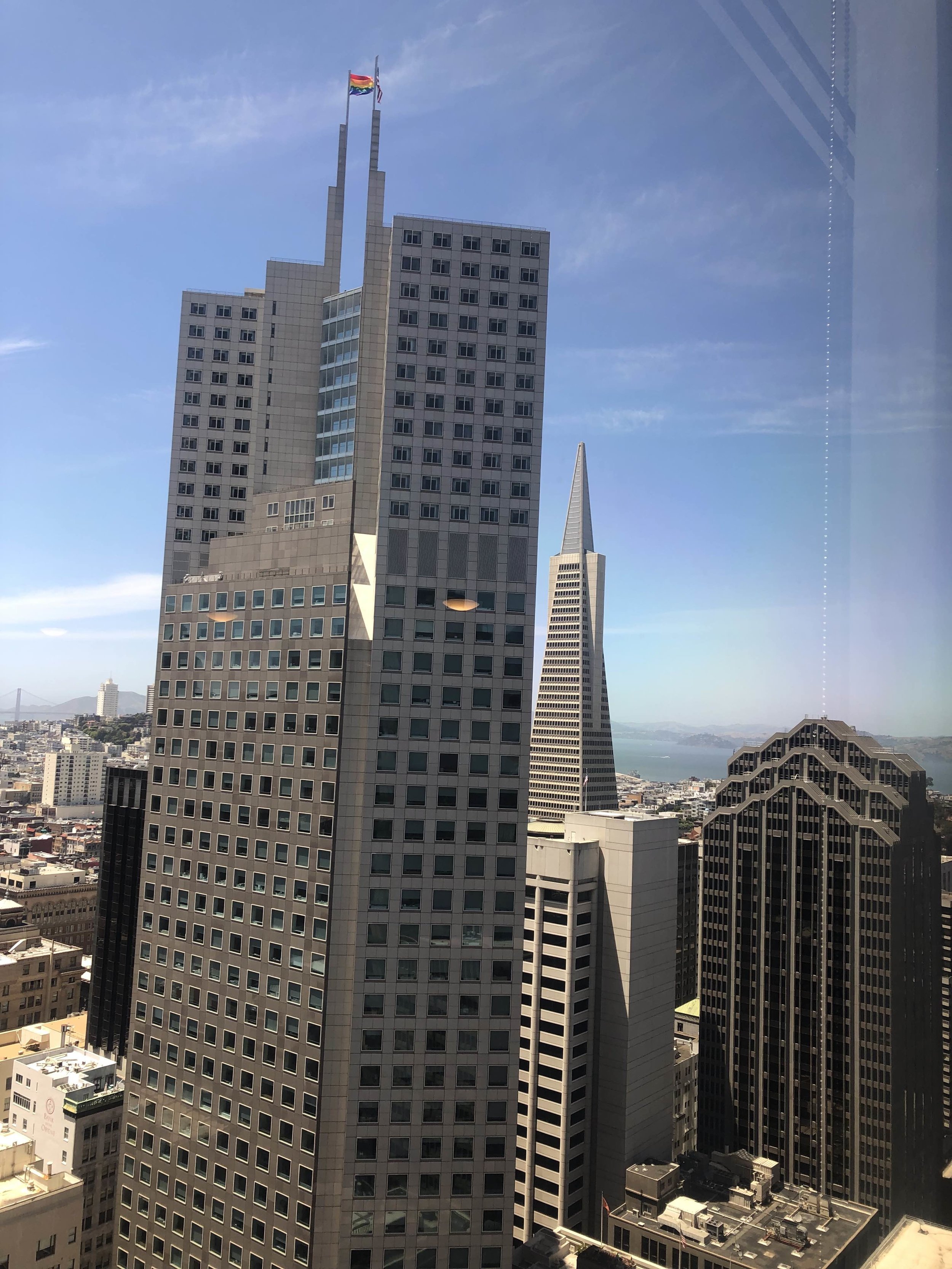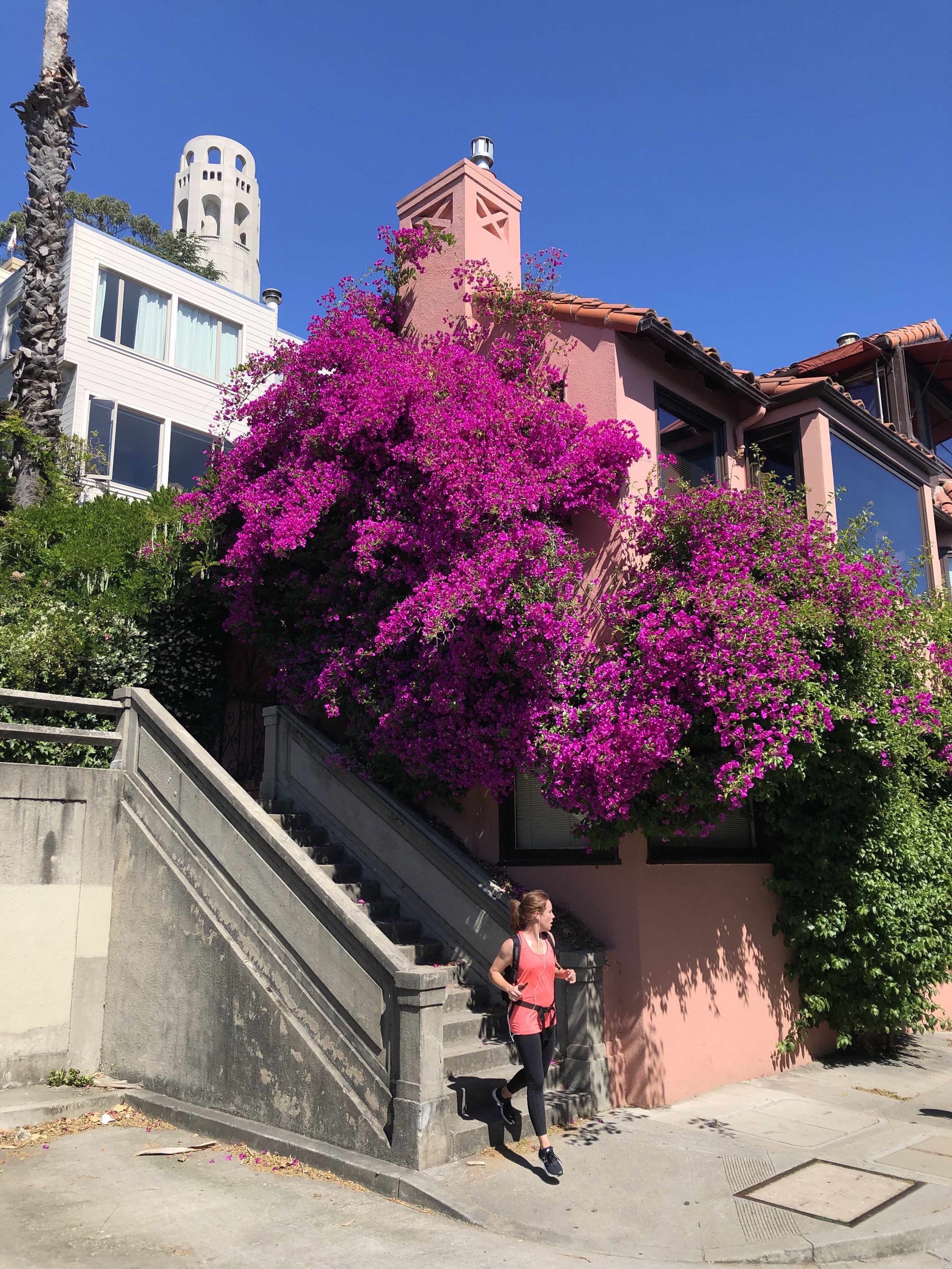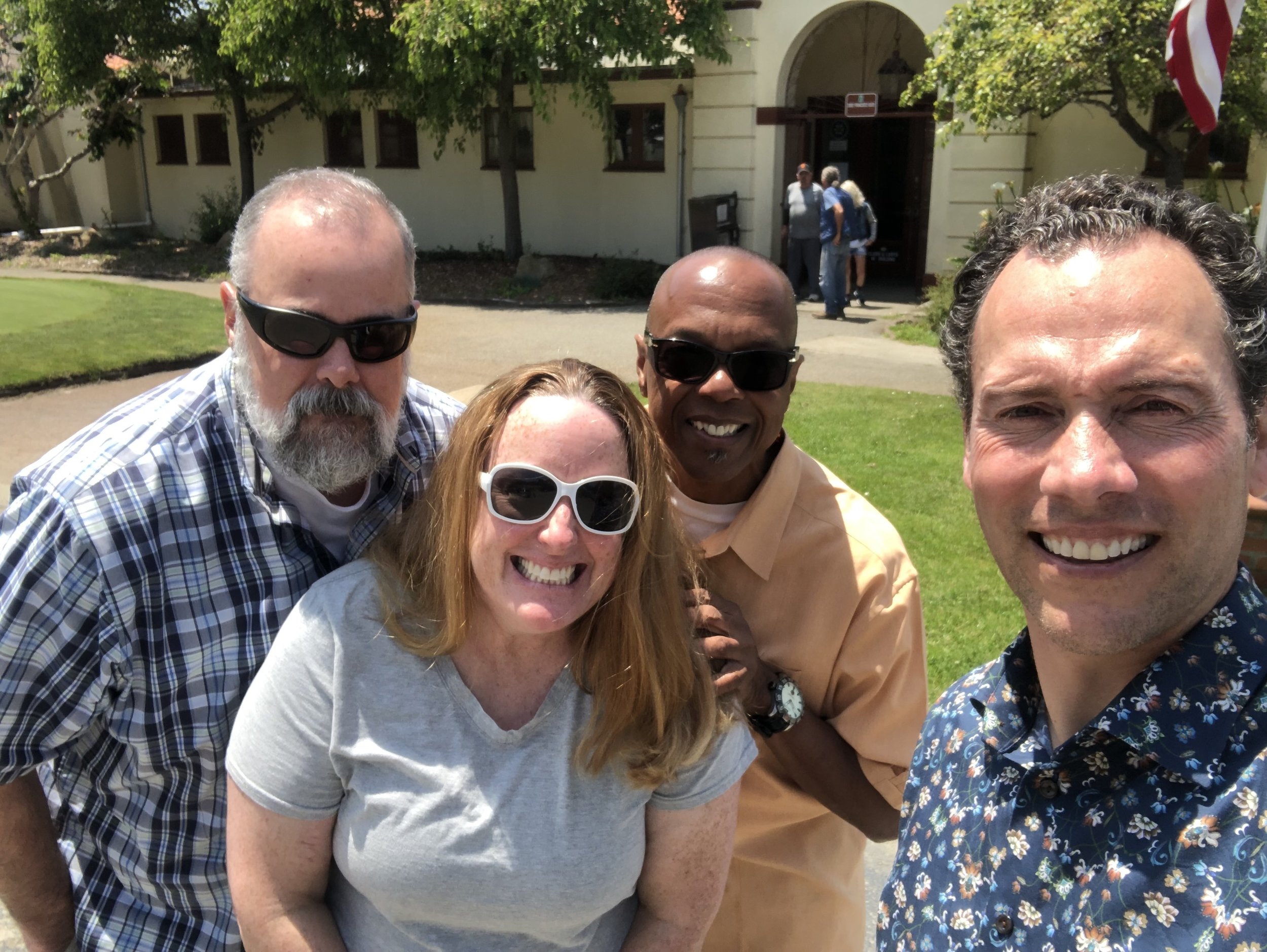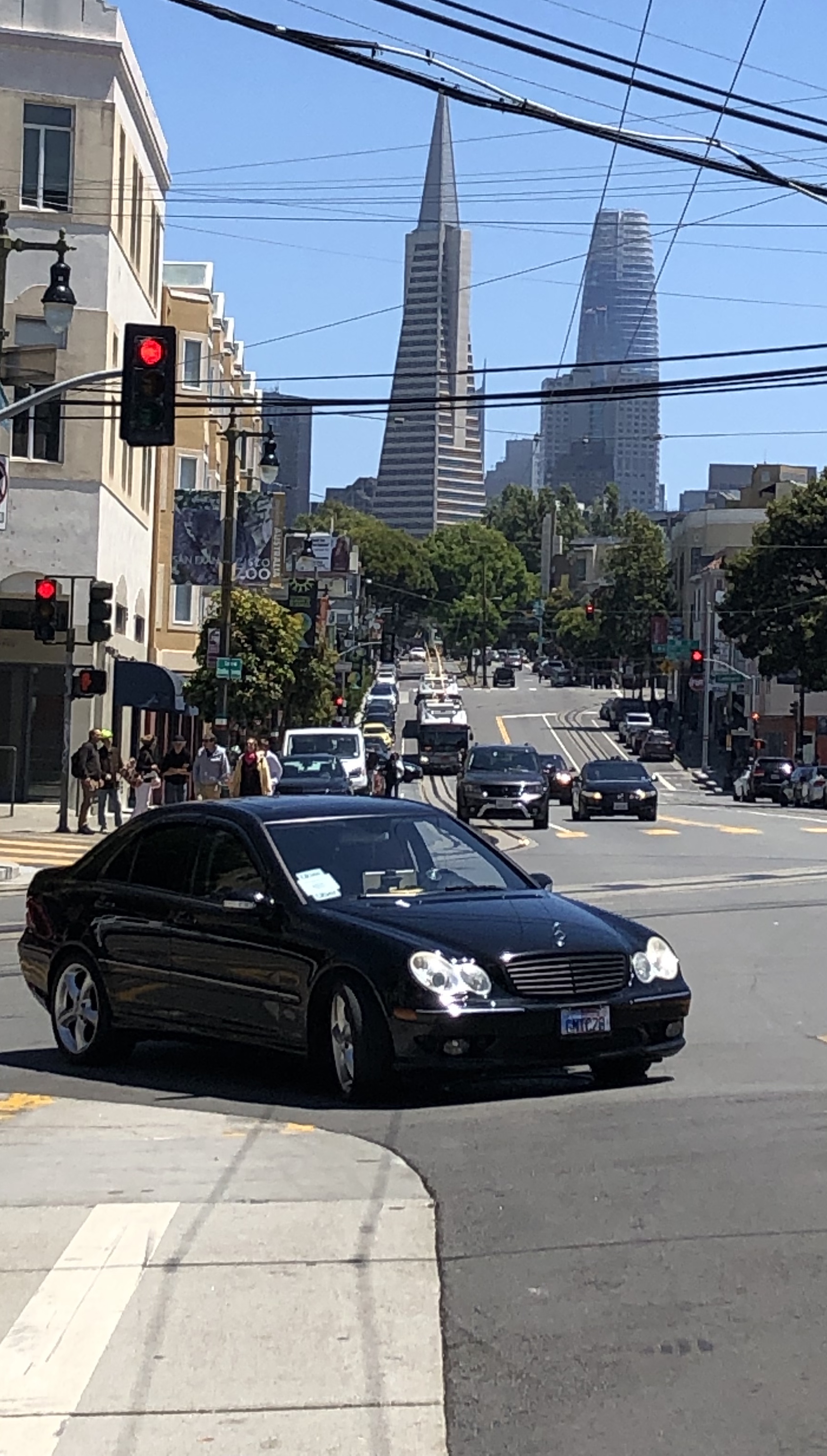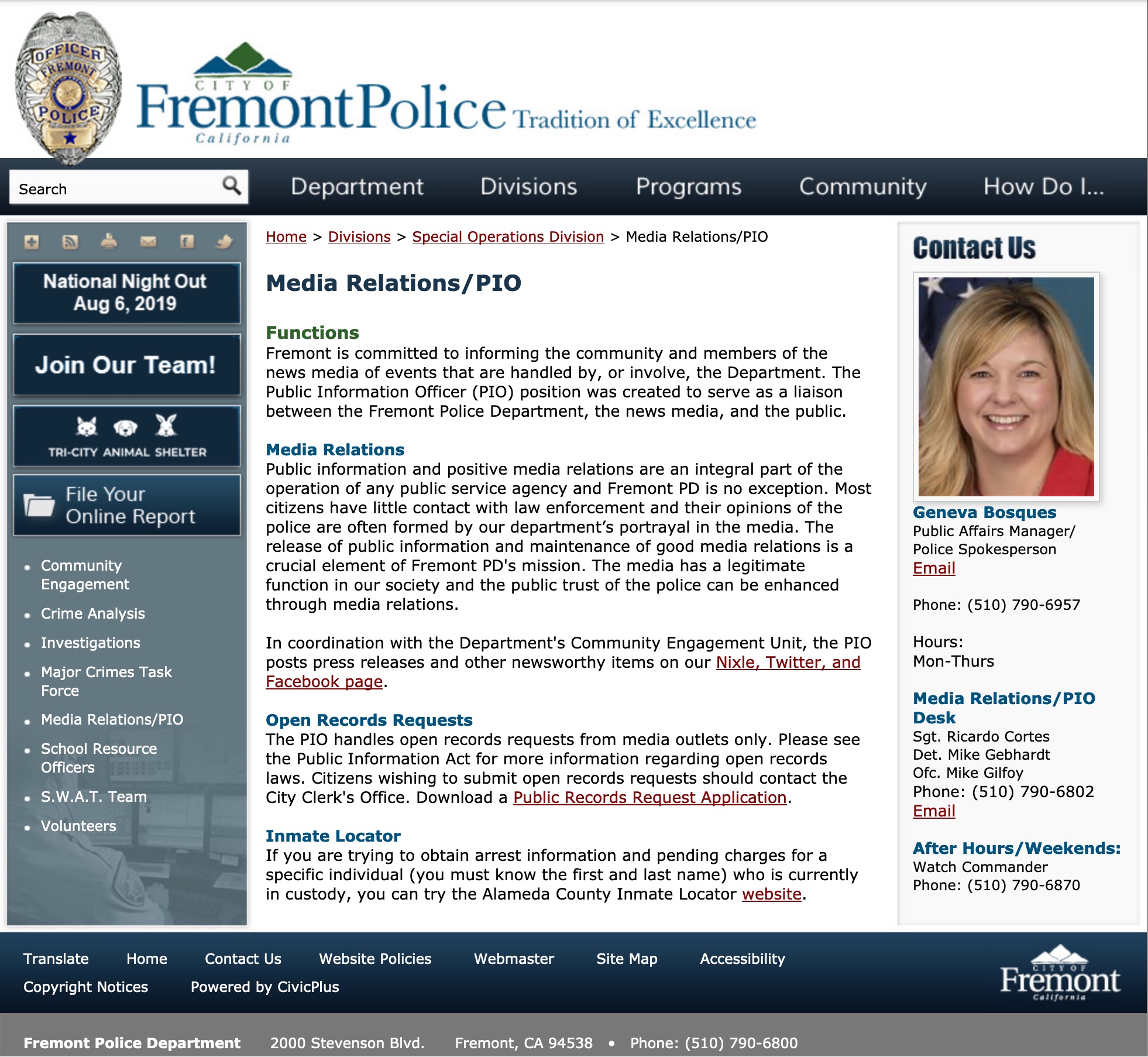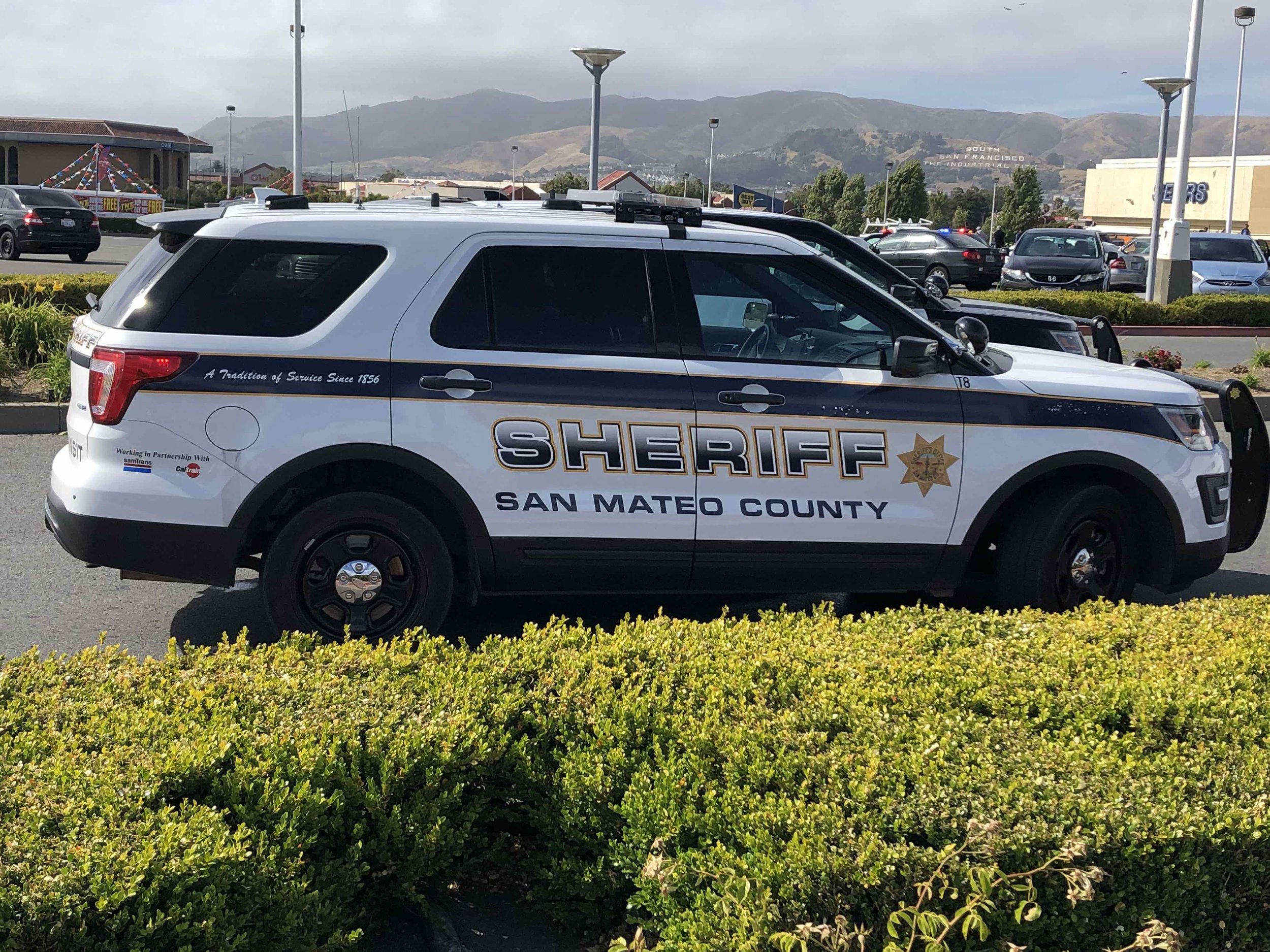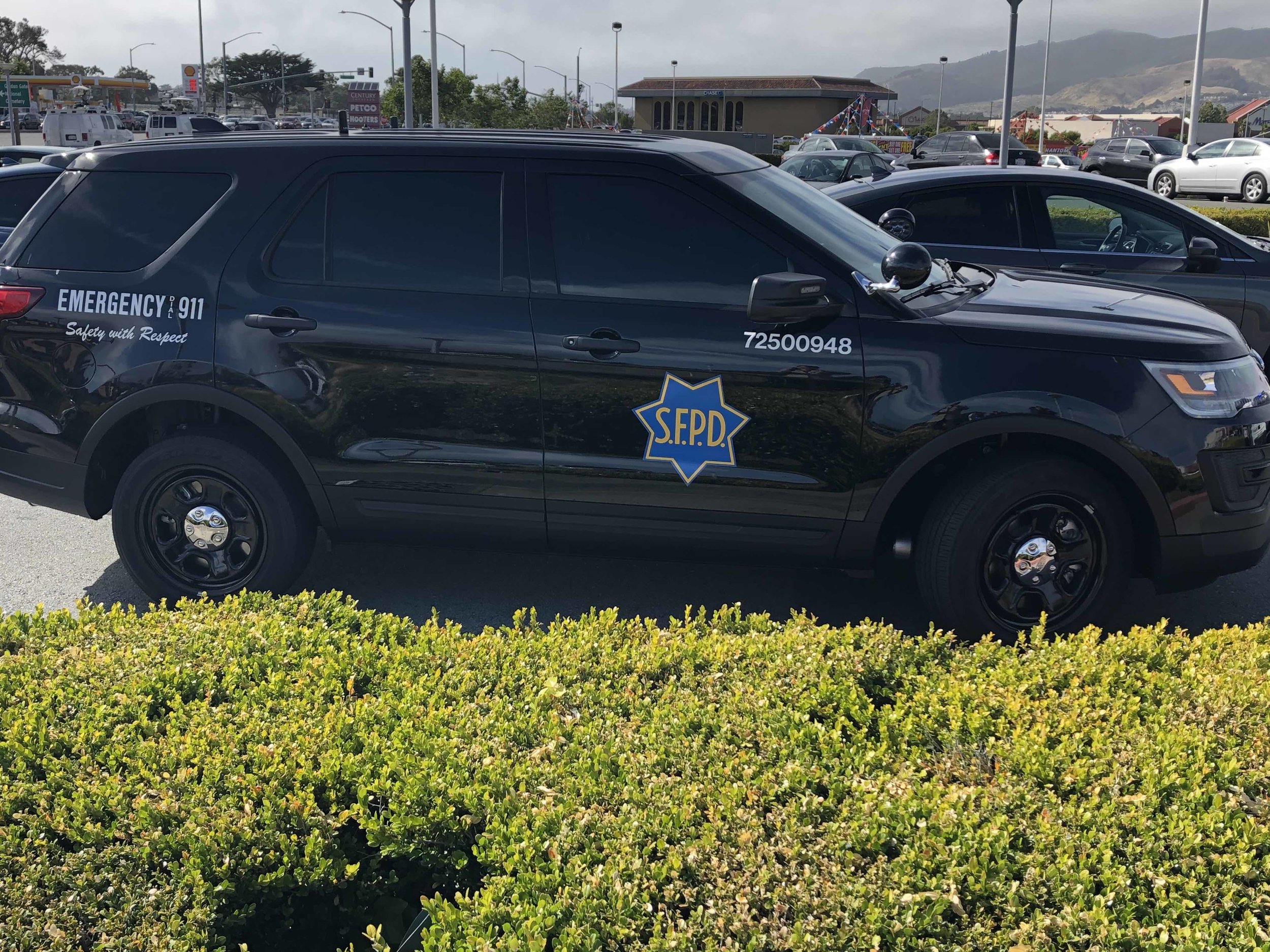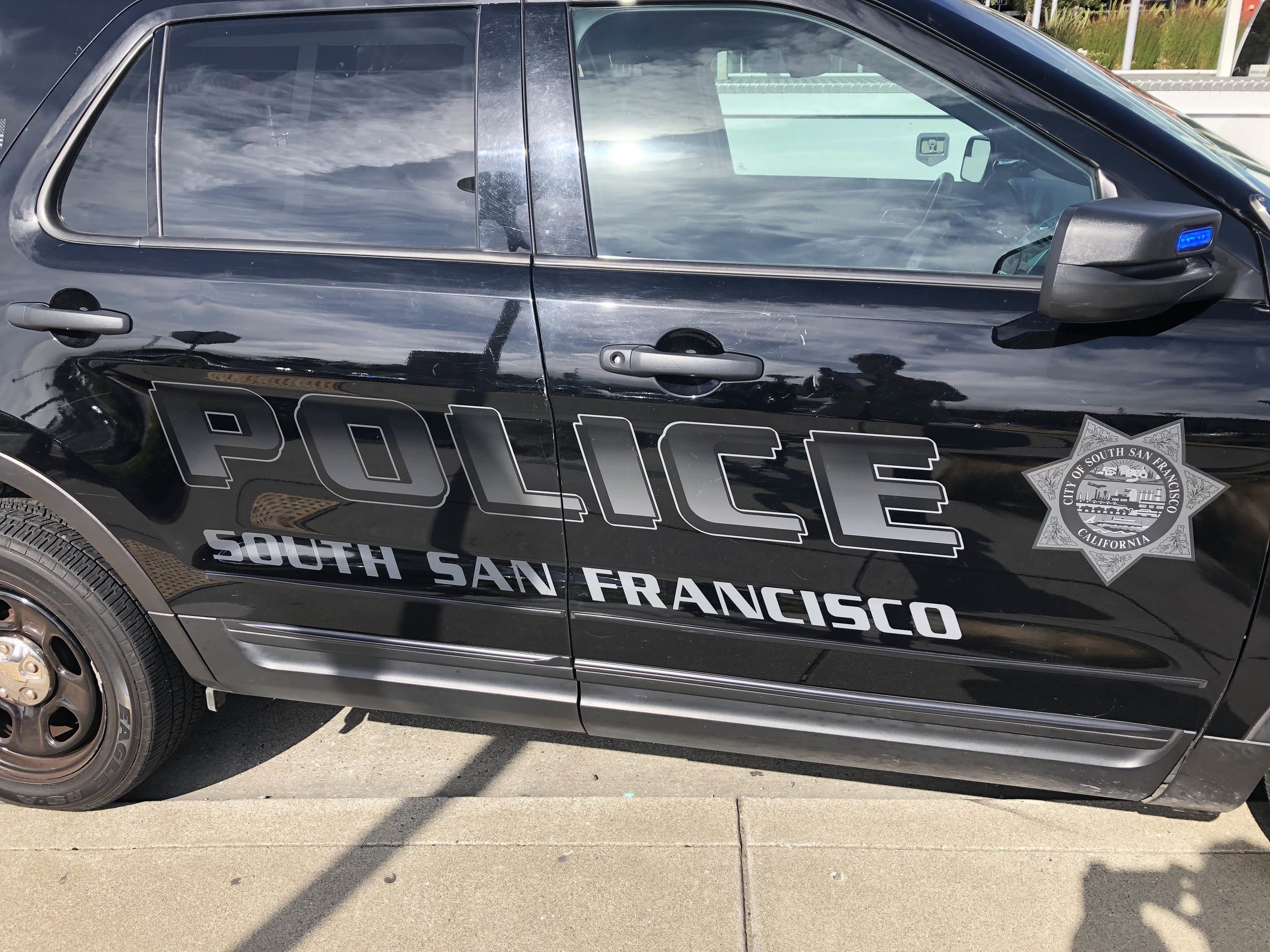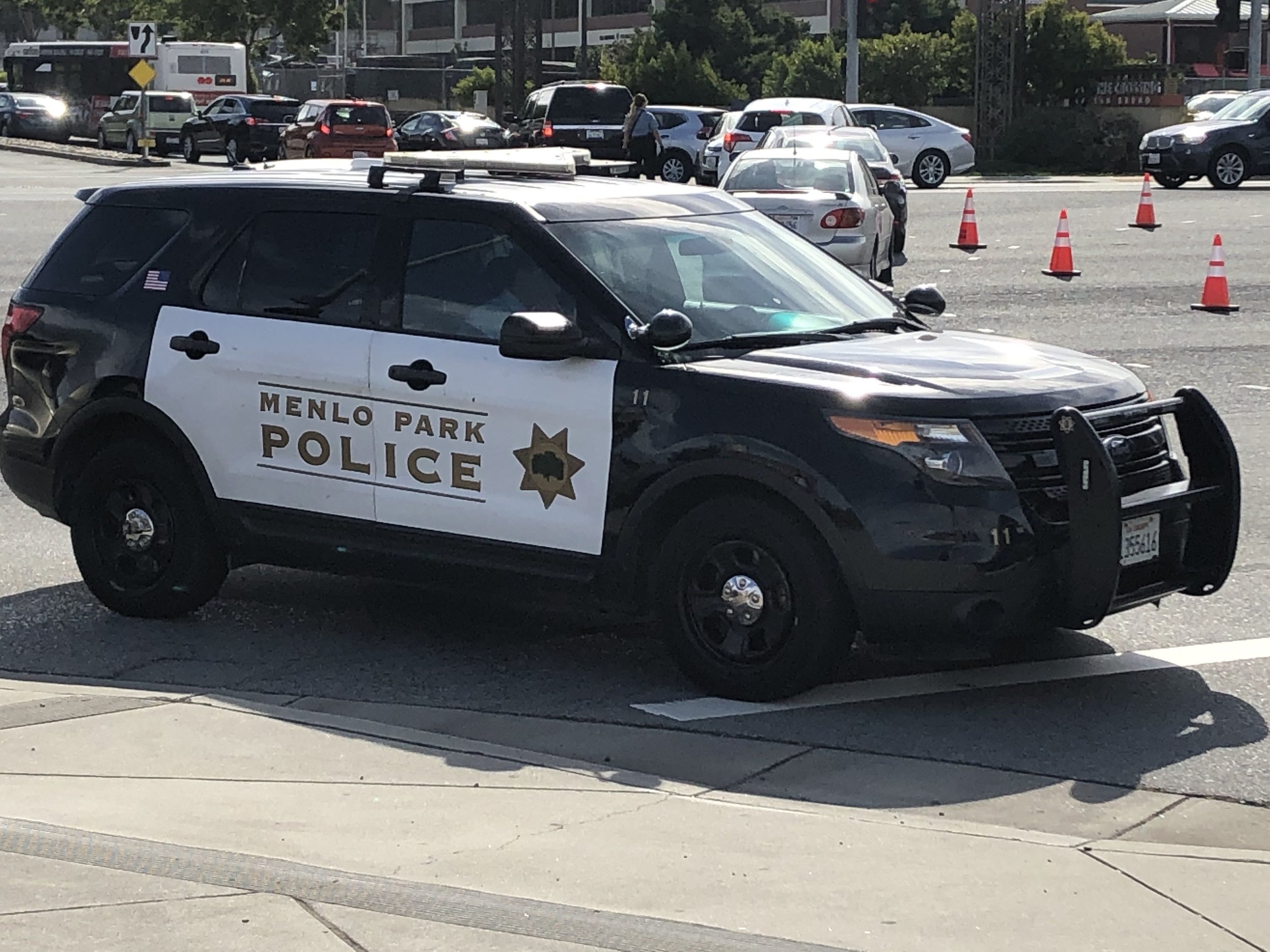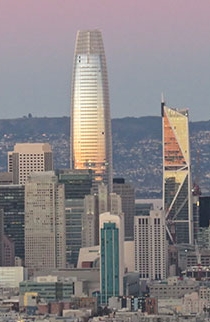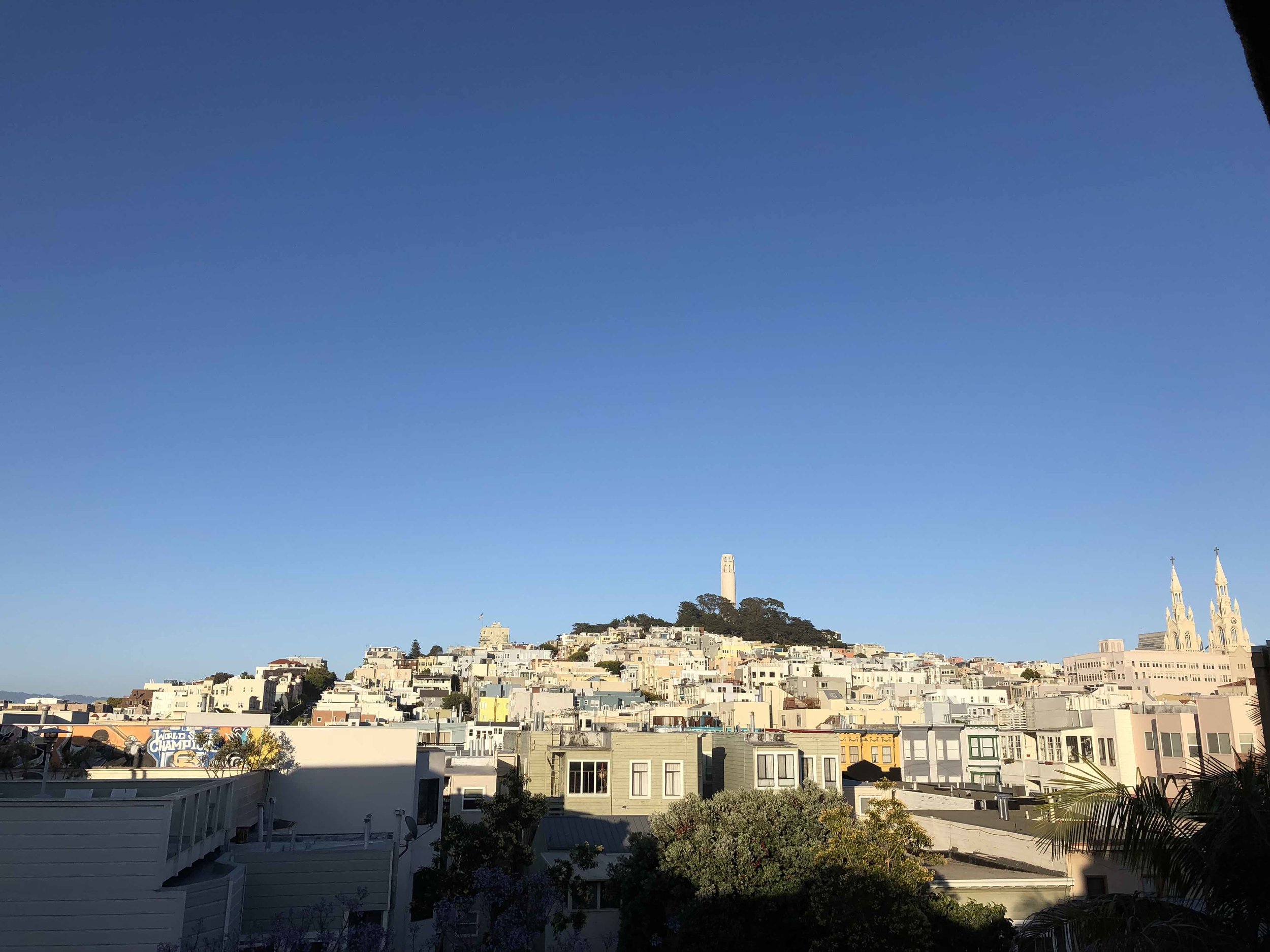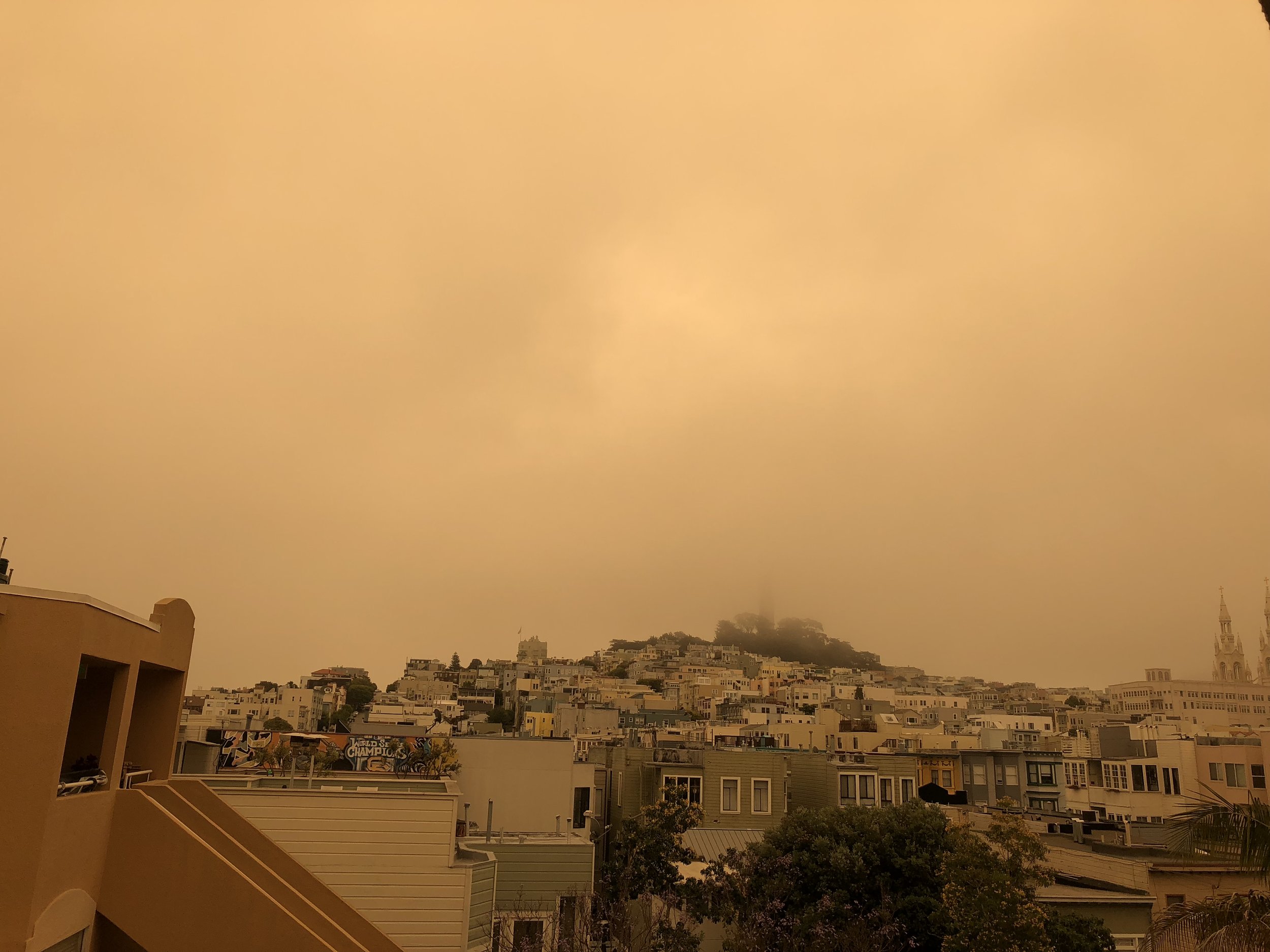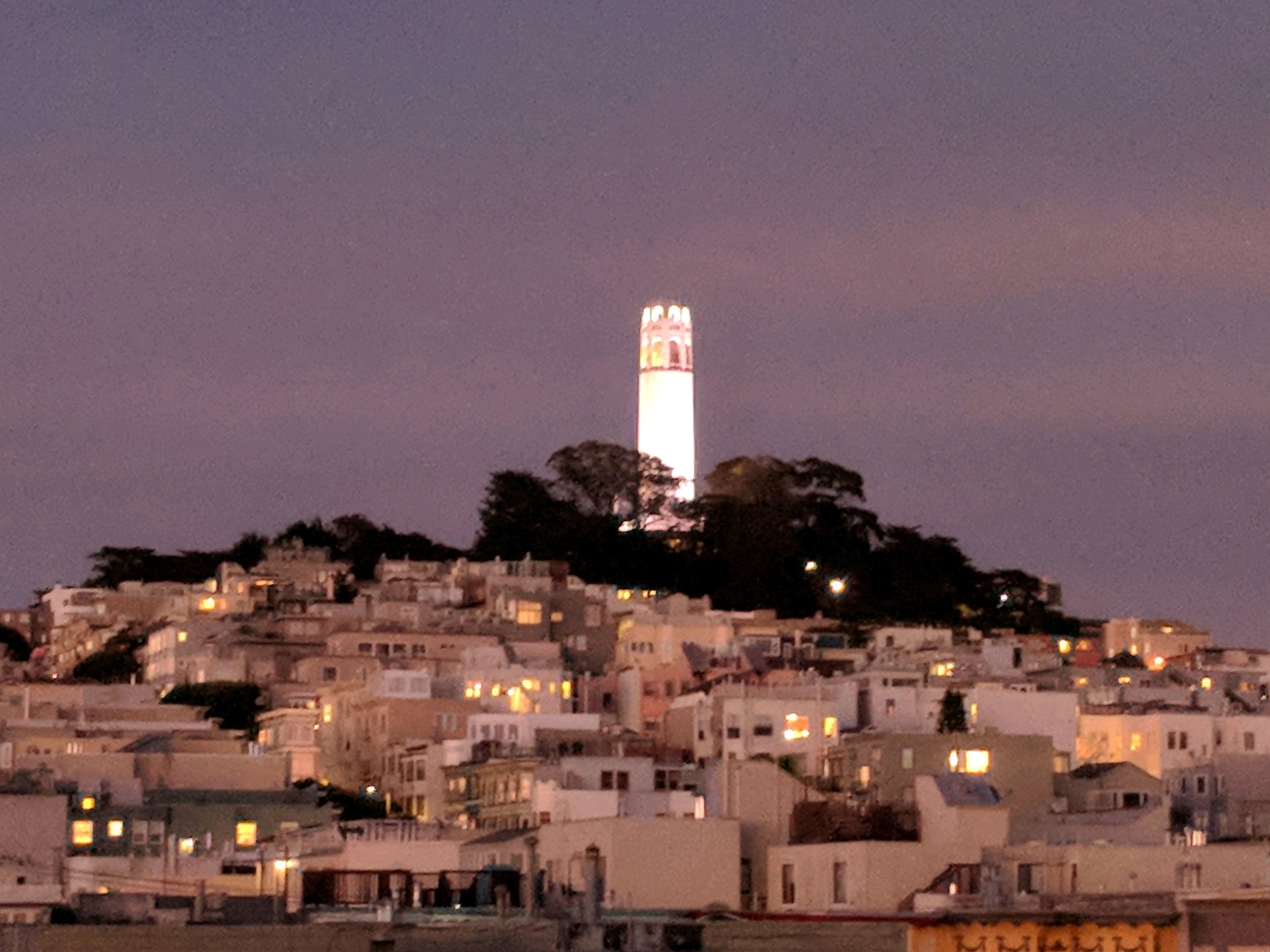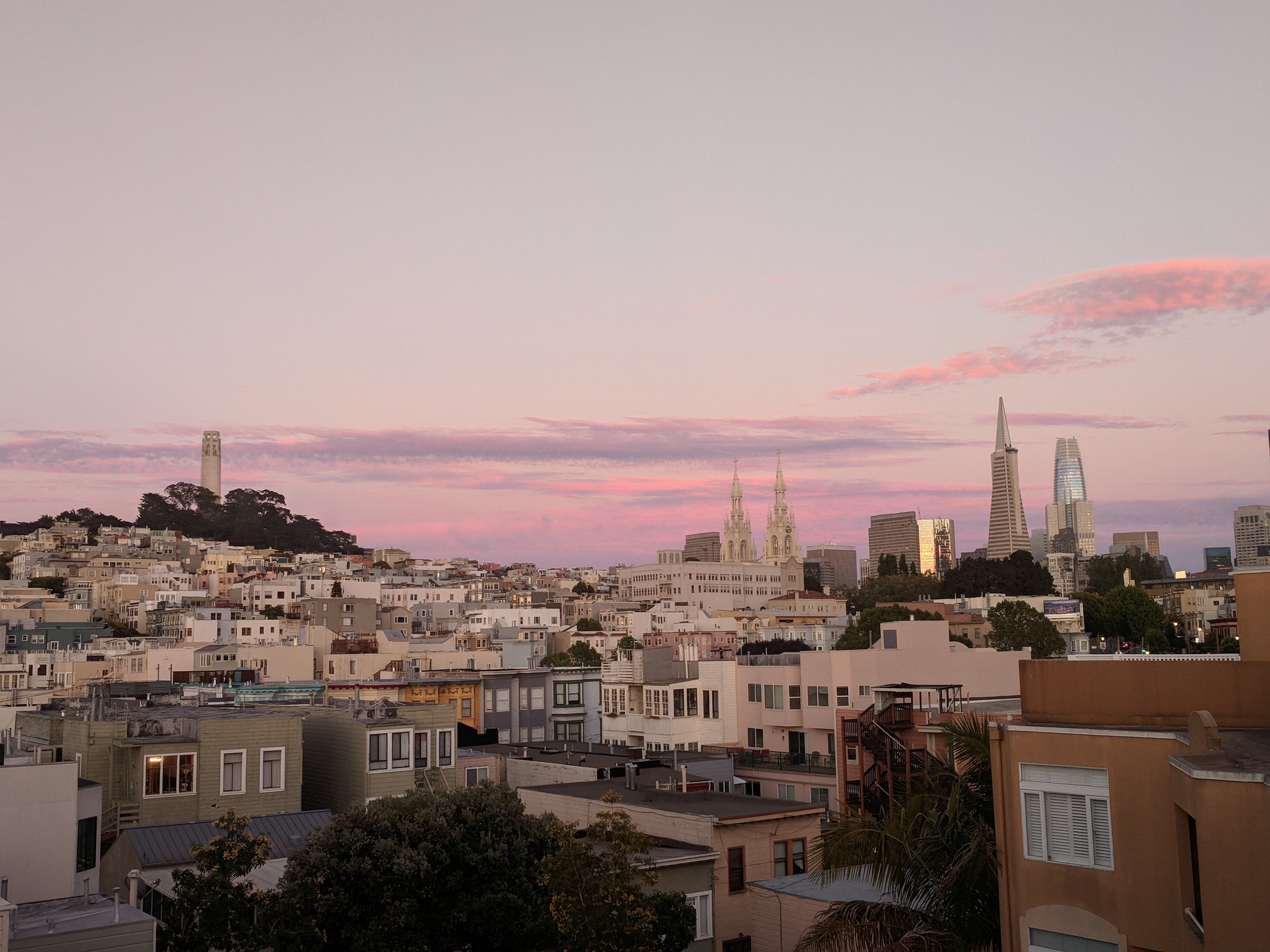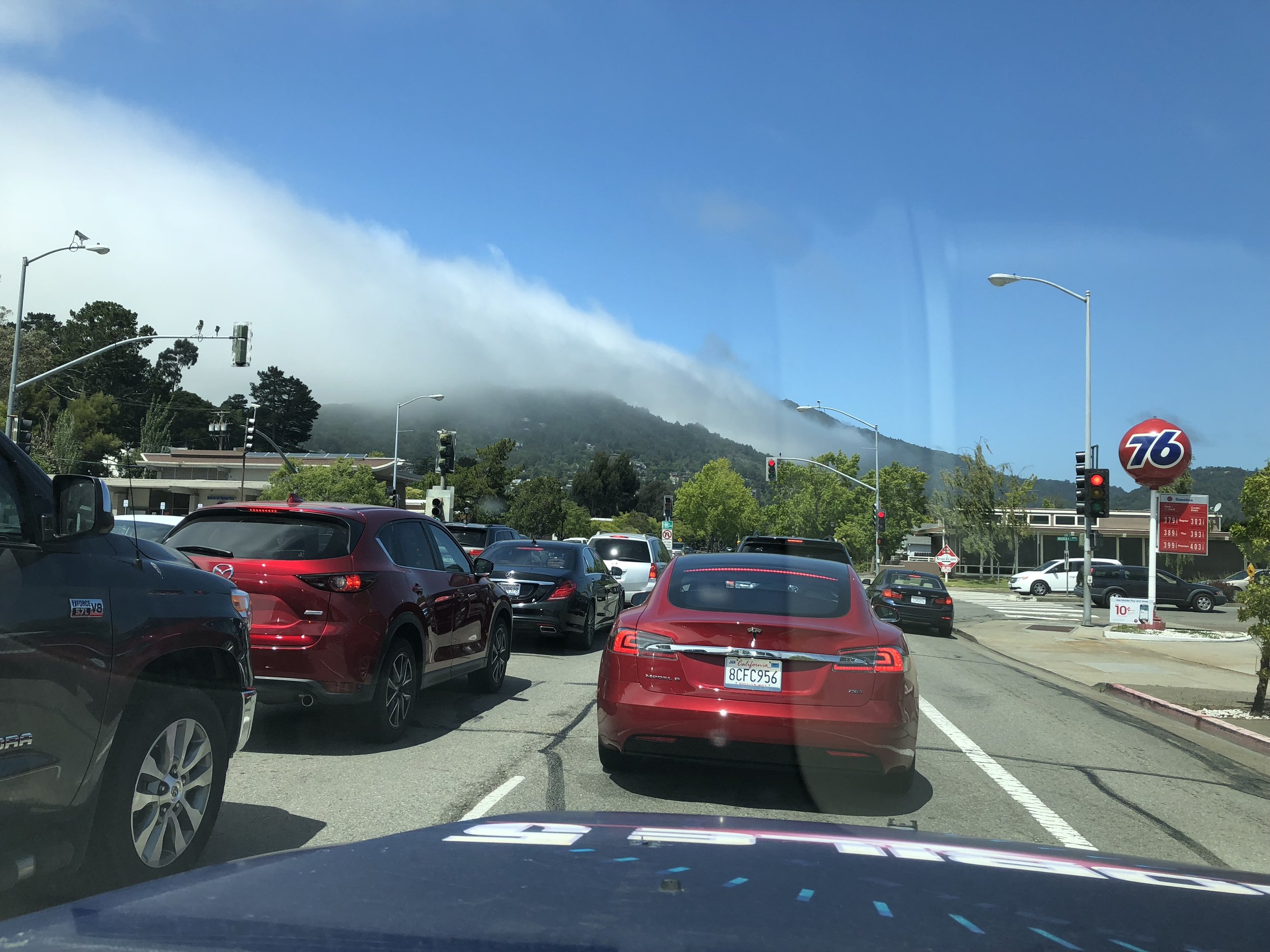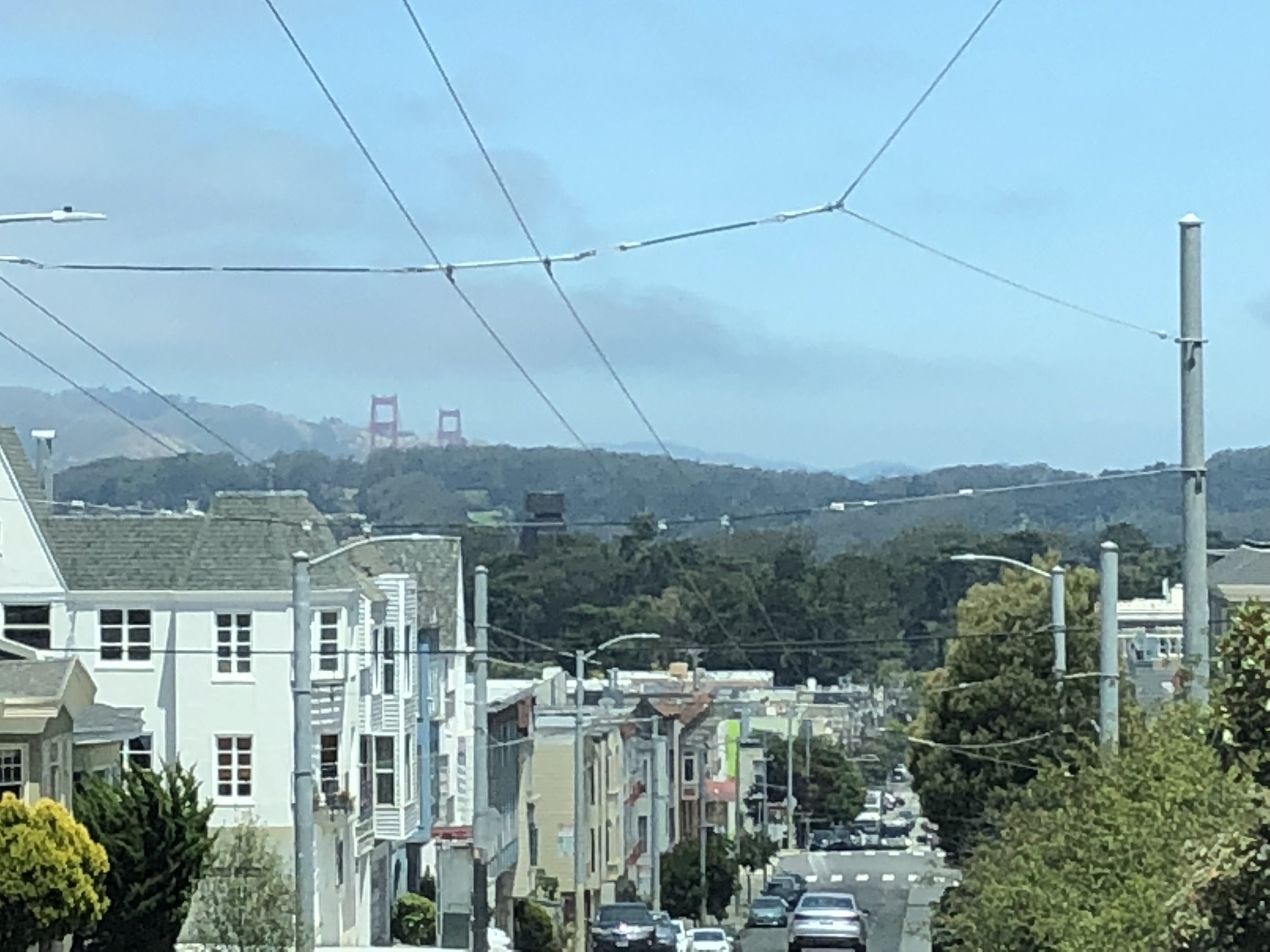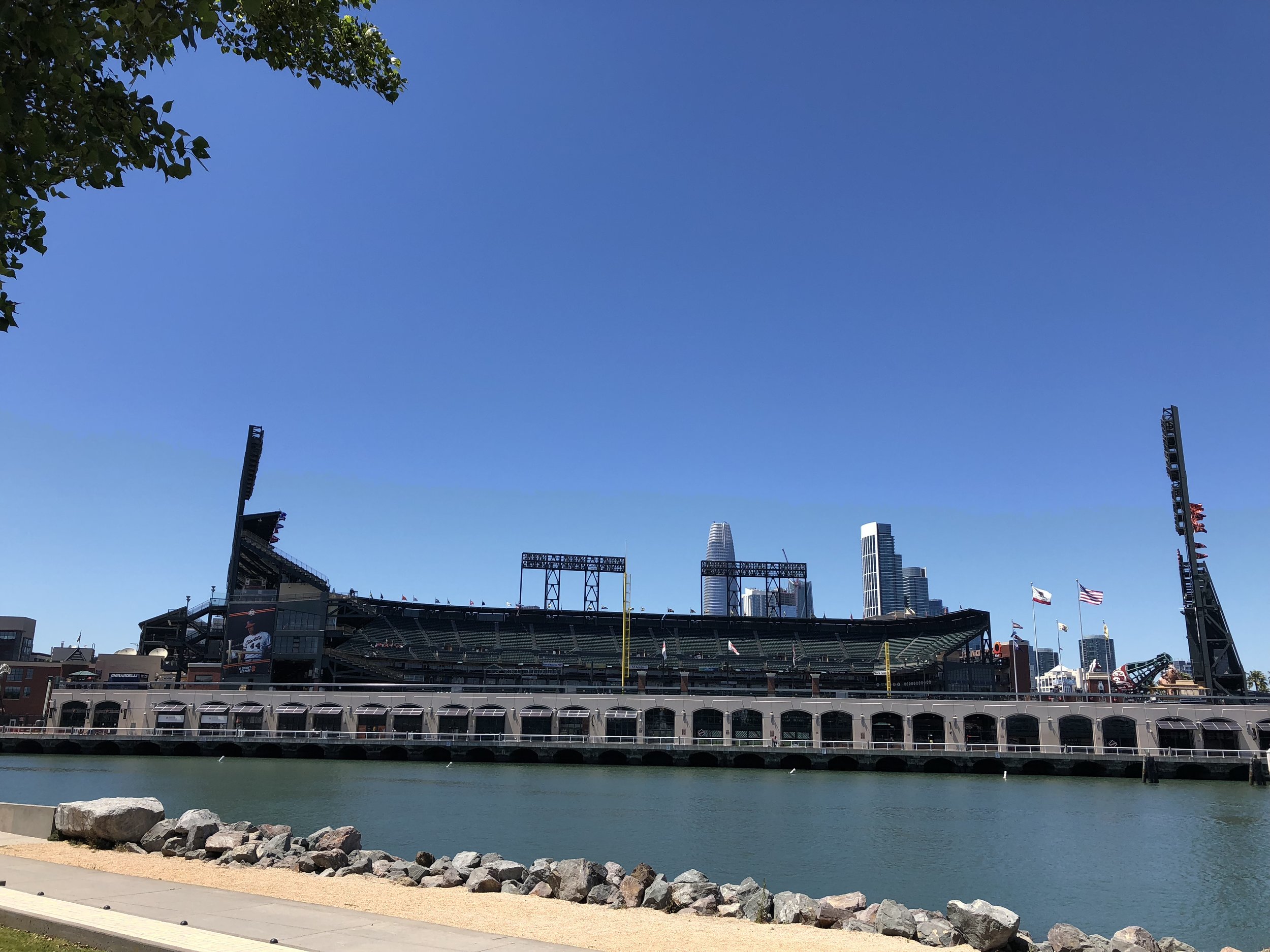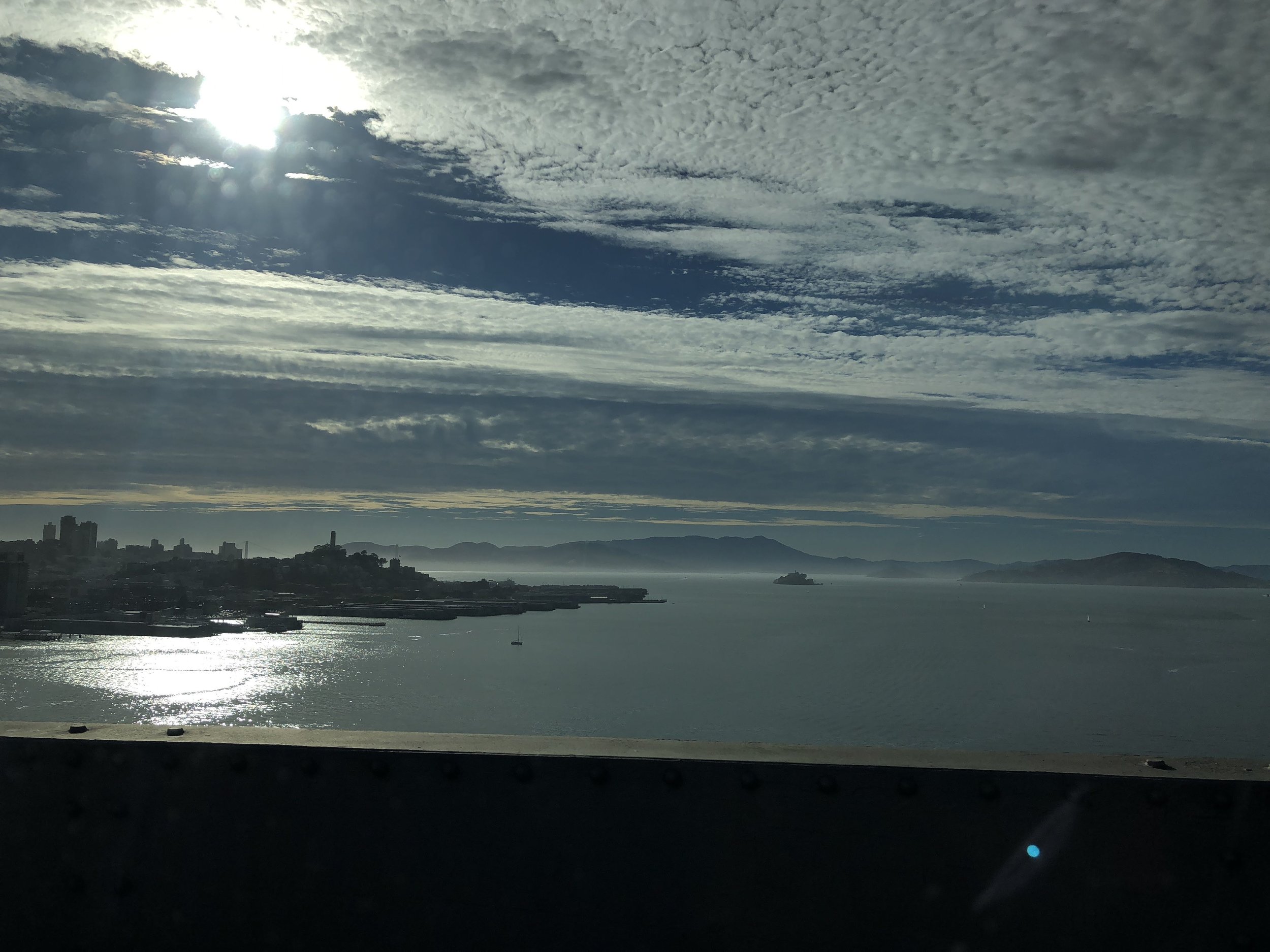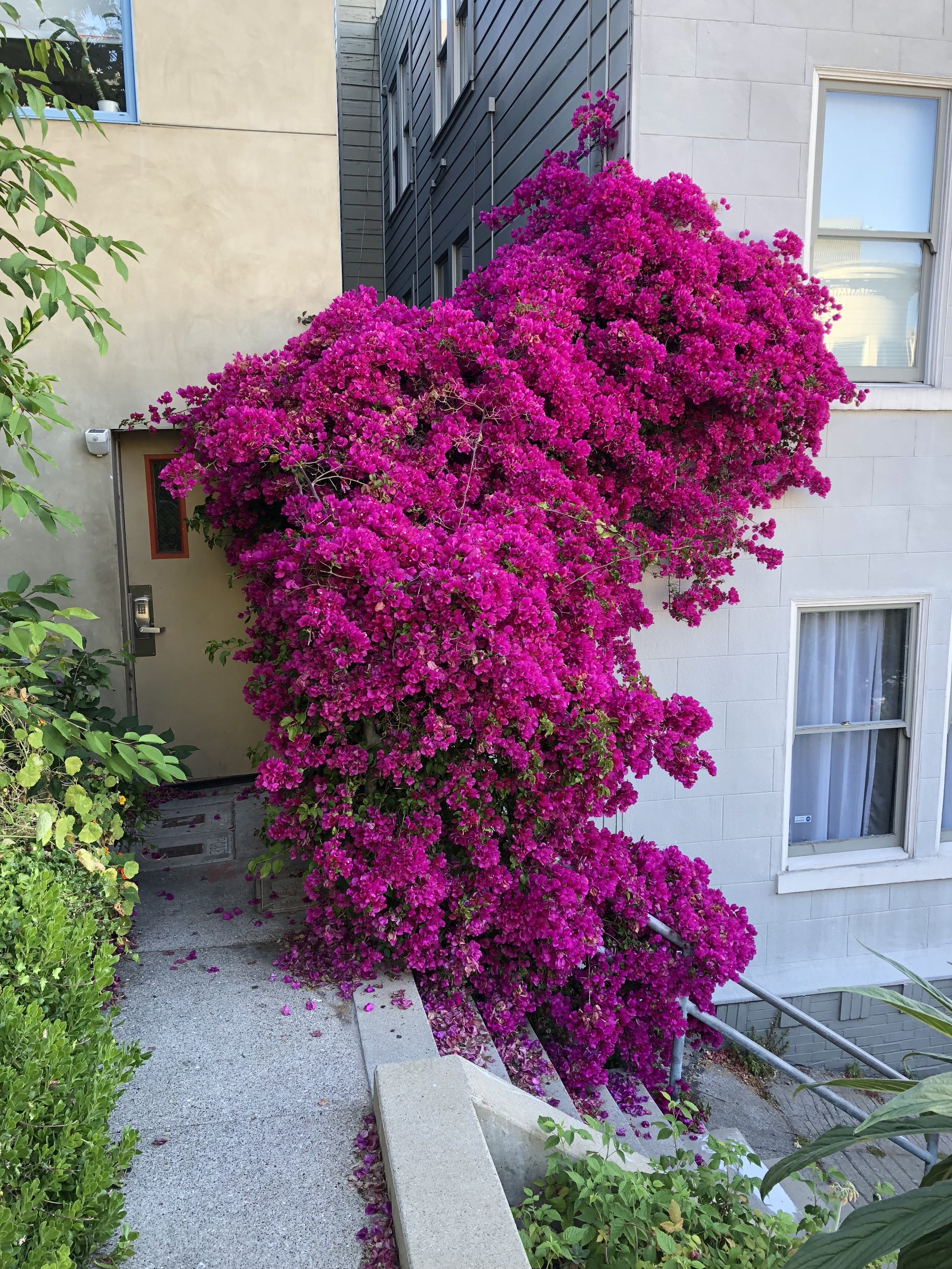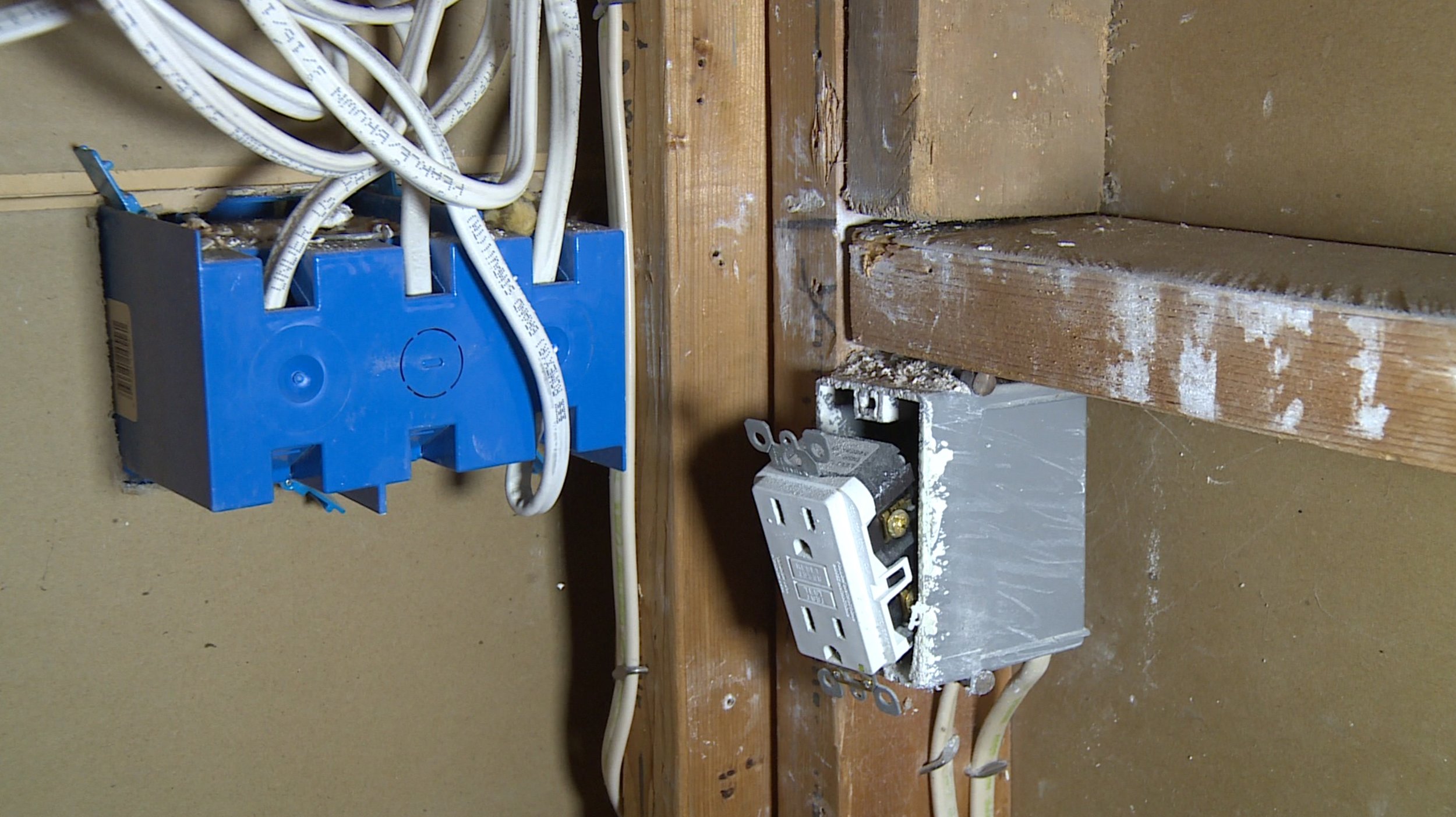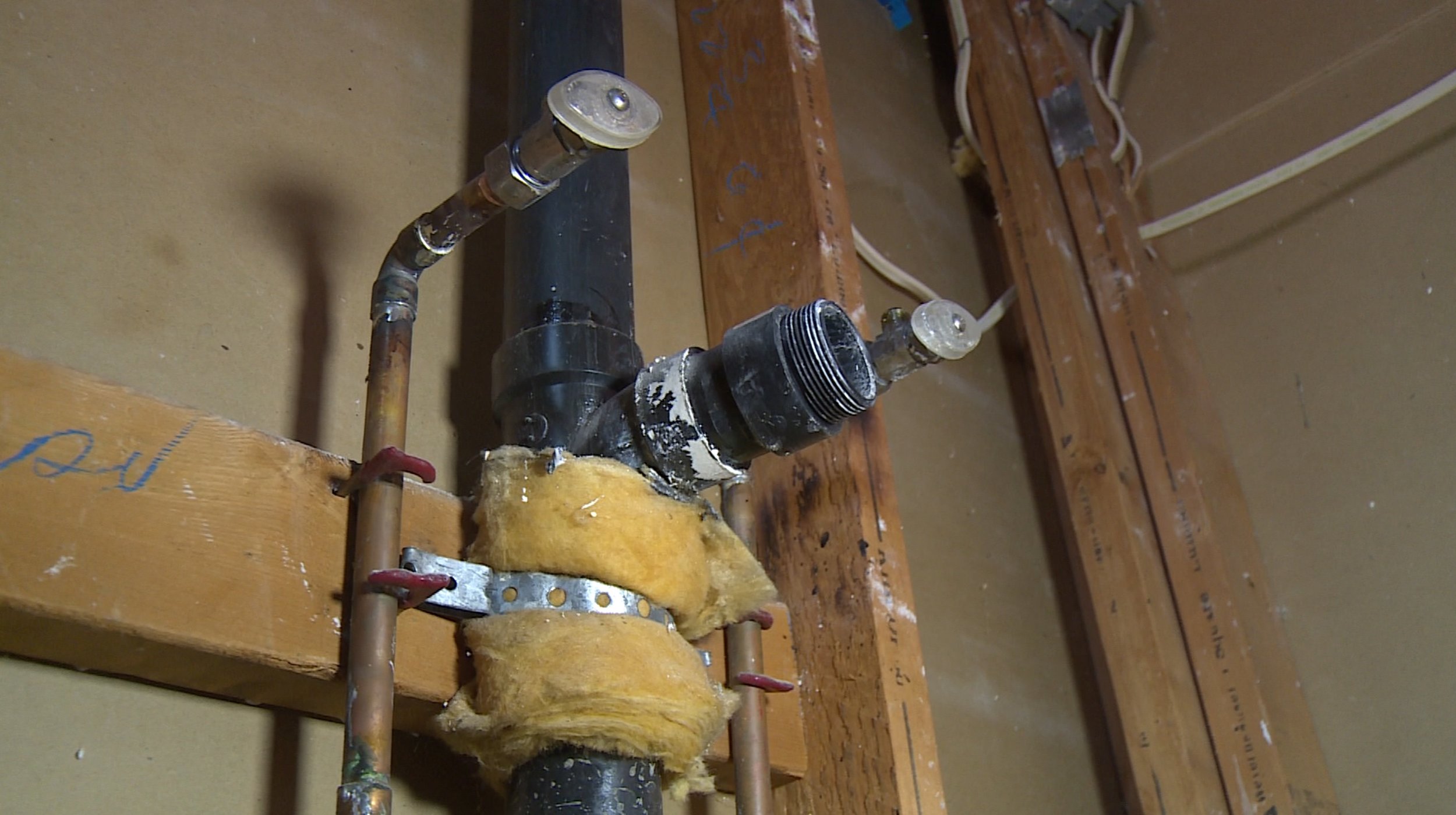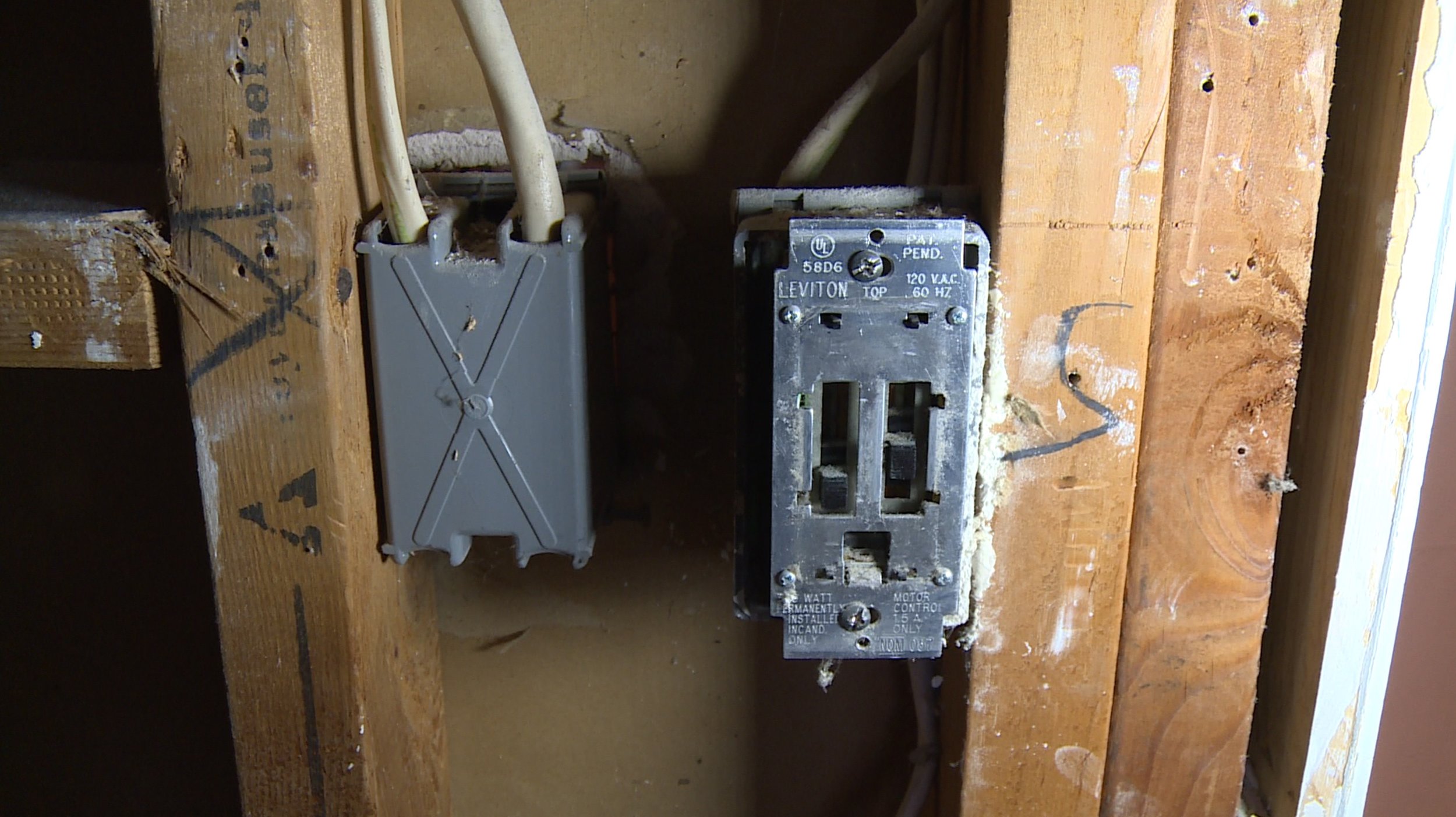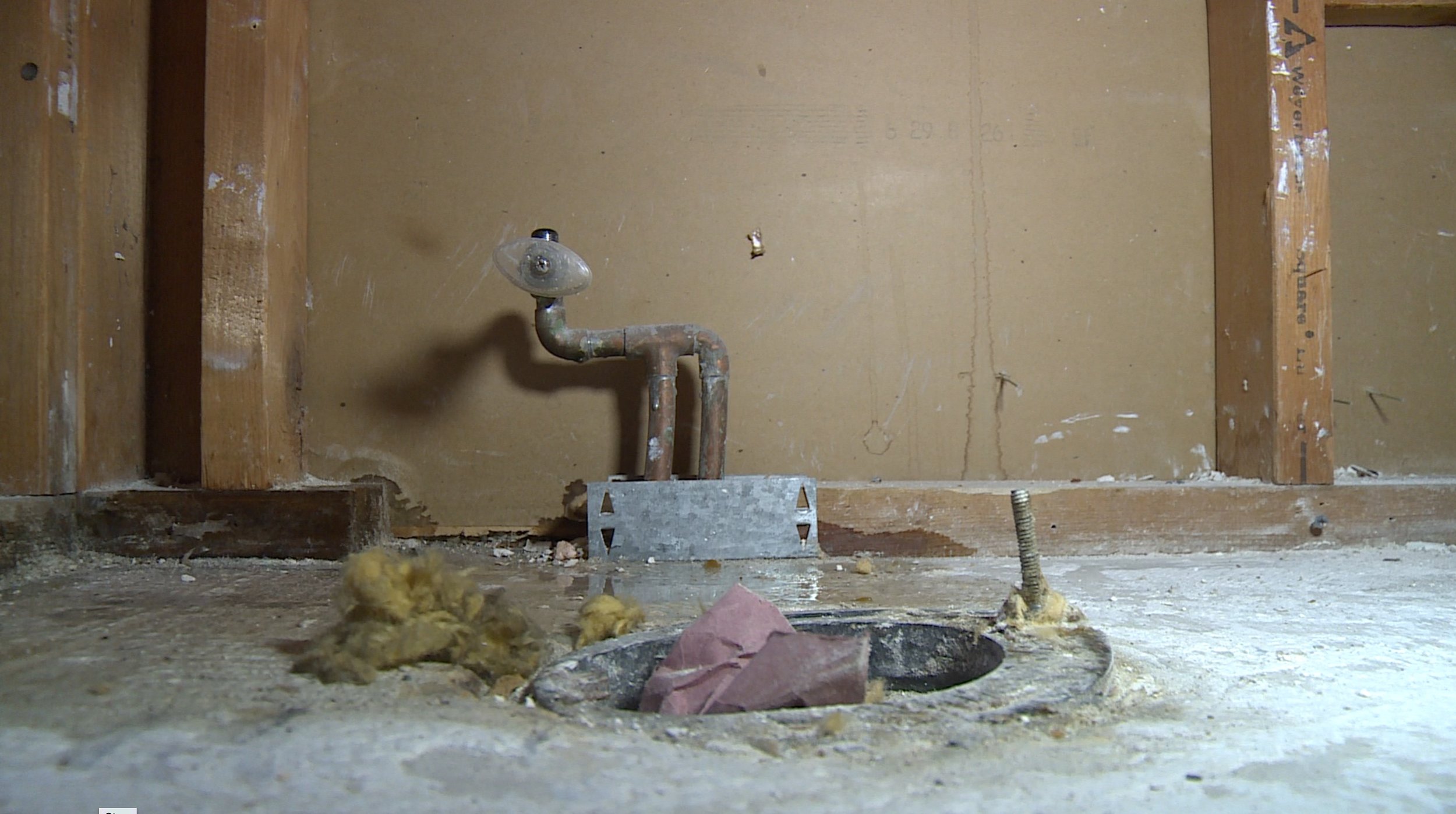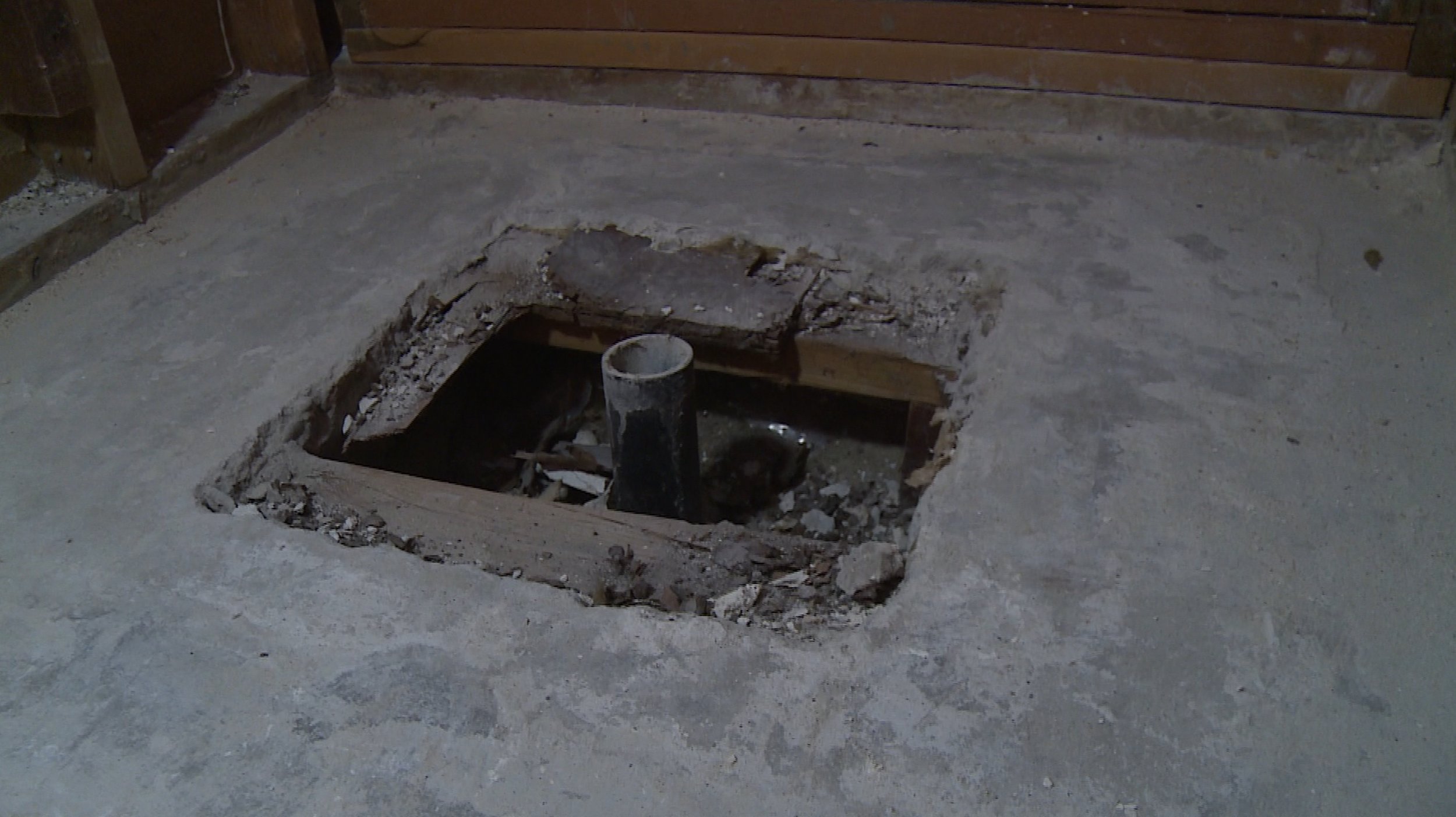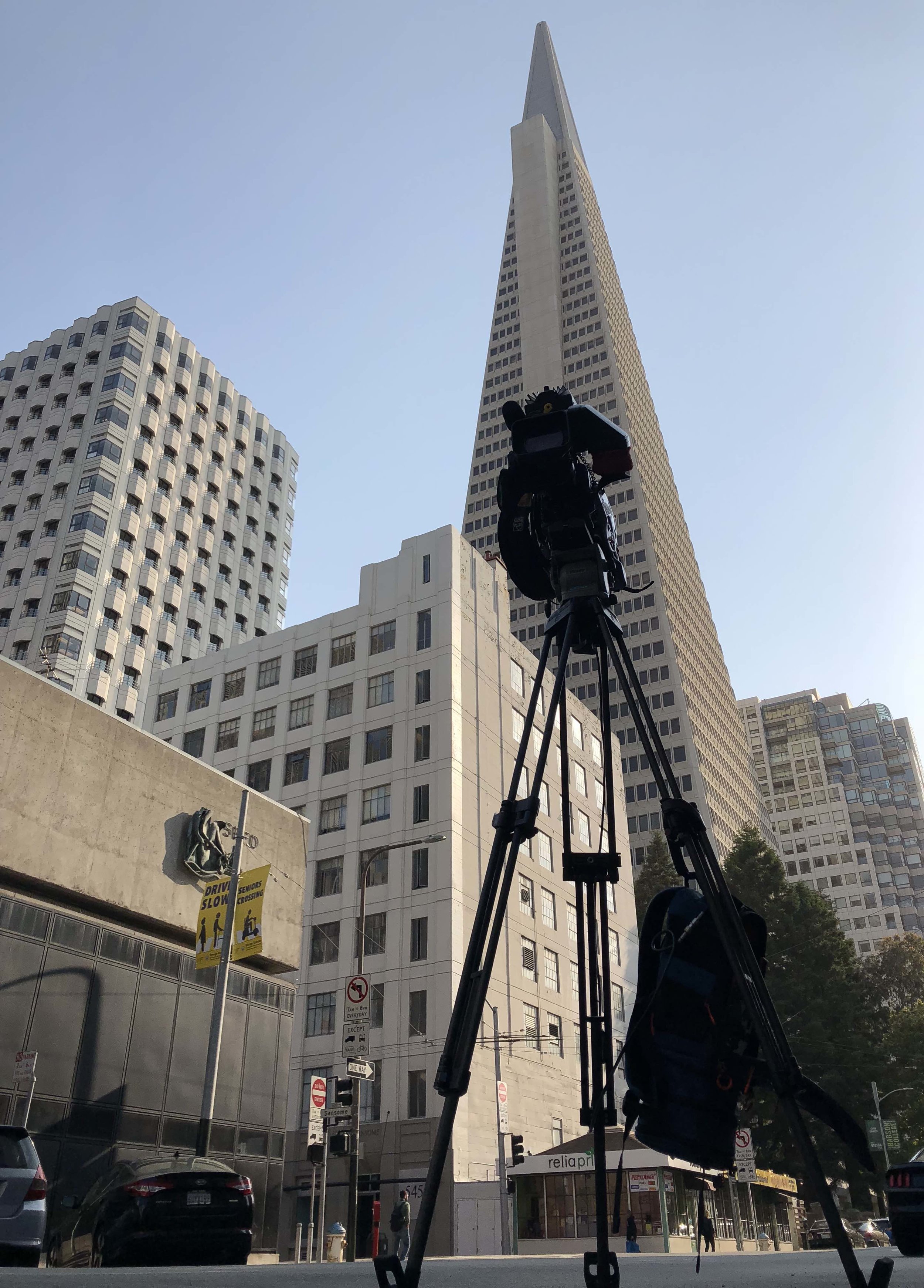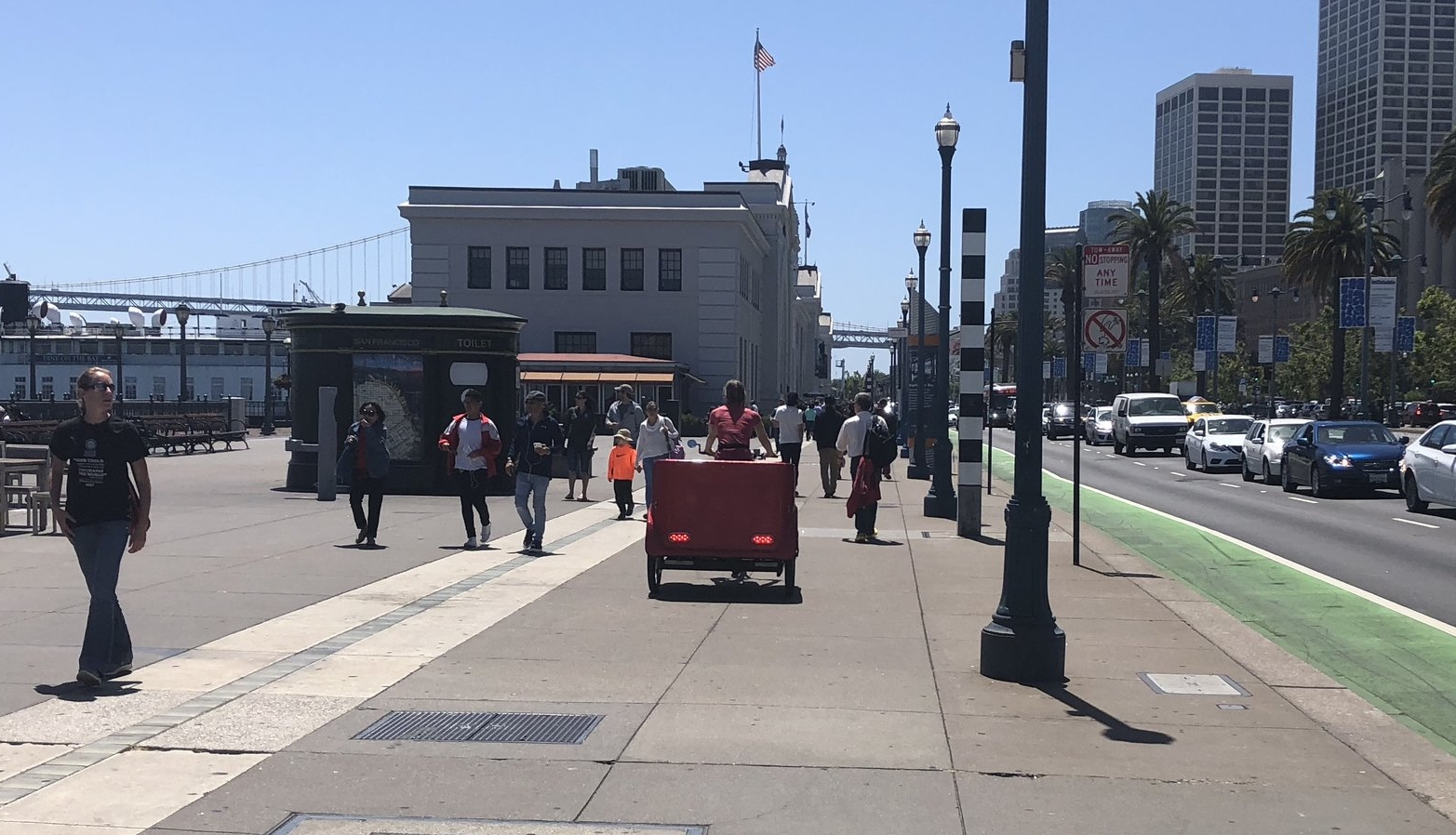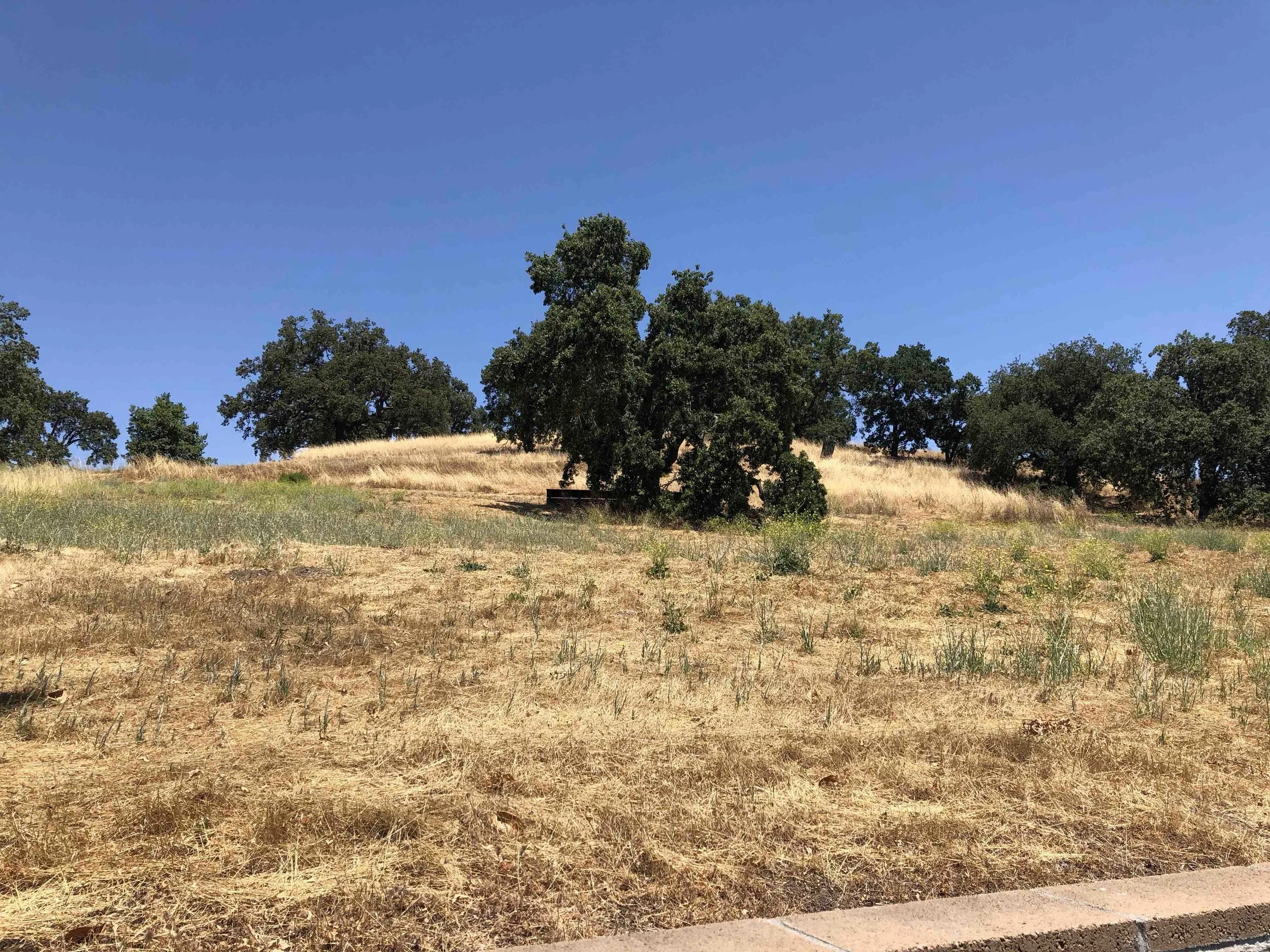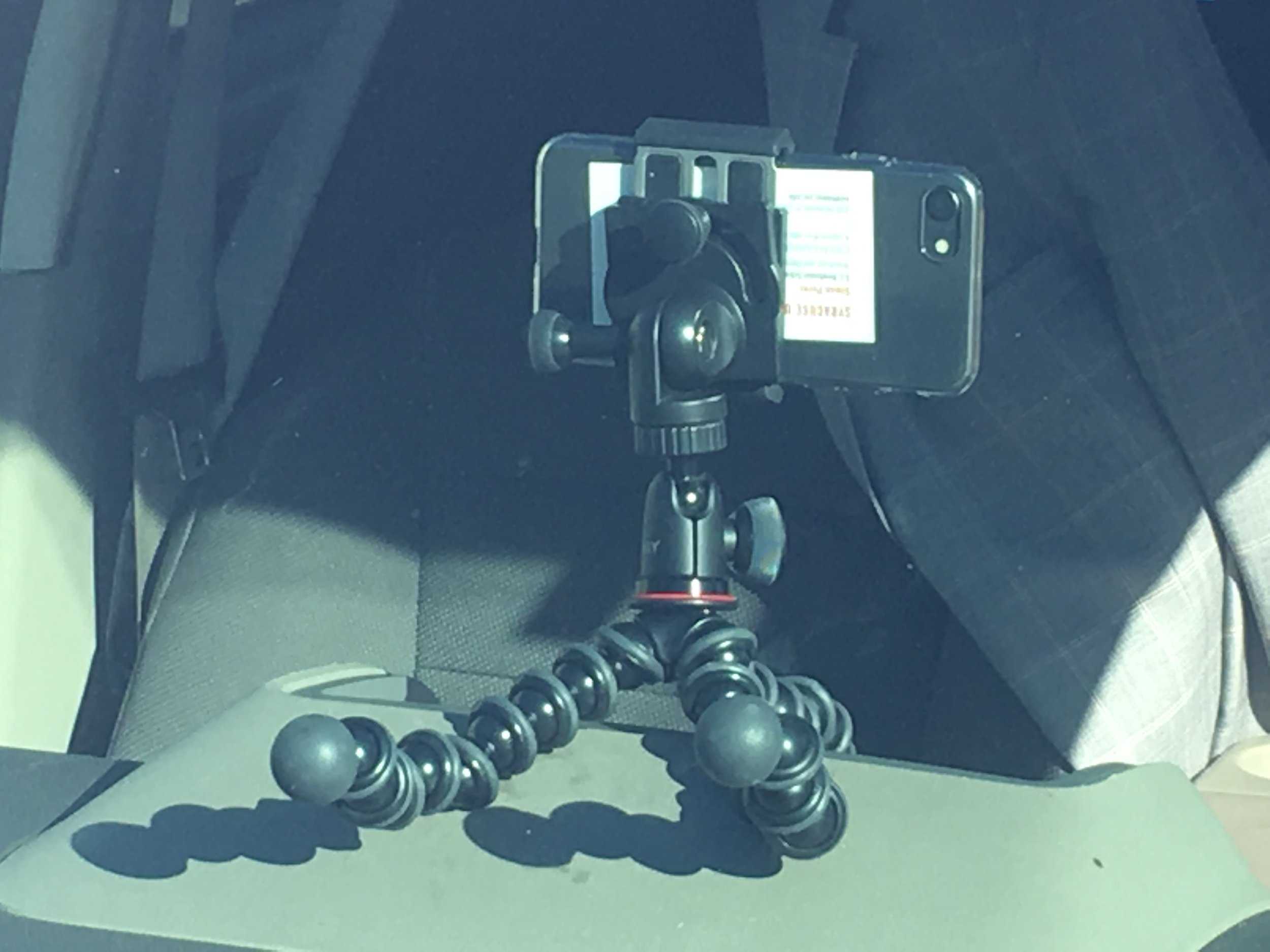It's not personal
Trying to get random people to talk to you about a story is difficult. I’ve noted as the years have gone on, people are more and more wary of engaging with the media. I suppose it’s not our place to determine whether people should welcome interruptions to their days, but still, all I’m asking is will you talk to me - there’s no need to walk by me as if I were a tree or a threat.
But that’s what happened today. My story was about whether the 6.4 magnitude earthquake in Southern California yesterday had prompted Northern Californians to get ready for the next Big One. It’s coming. I went out out on the street to see if they were prepared.
My three key elements to a story:
So what (what difference does it make): Earthquakes are a way of life in California. And, like the weather, they affect everyone, no matter where you live, how much money you make, how big your family is. This was a universal story that appealed to everyone.
Real people (the people living the story): An easy target - anyone living in California.
Show me, don’t tell me (video): This is harder, because earthquake video is hard to come by. But, by focusing on the earthquake kits, and whether people had them, I had more opportunities to shoot.
You get “no” a lot more than “yes” when you’re on the street trying to talk to passersby.
The success rate on getting people to talk to you varies, but you can almost always be guaranteed it will never be 100 percent. Lots of people will say no. And some people will say no rudely – silently walking by glaring at you as if you had just insulted their mothers. But it doesn’t really matter, your job is to get the interview. My success rate today was pretty good, about 25 percent, although I got only one yes out of my first 13 asks. The video above shows what it’s like to be told no or even just flat out ignored.
A few ideas on how to be successful engaging people:
Be ready. Especially when you’re working as an MMJ, there’s no way to hide the fact you’re a TV reporter. So you might as well get all the equipment out and be prepared to do the interview. That means camera on the tripod, INWF (iris, neutral density filter, white balance, focus) and mic check. If you’re ready the moment someone even considers talking to you, you give that person less time to think about backing out. The moment someone shows interest, hit record and stick out the mic. Once the interview’s begun, most people realize it’s painless and will continue.
Get to the point quickly. Long, rambling initial statements just give potential interviews more time to think about saying no. Quickly: “I’m doing a story on….” helps the person make a snap judgment on whether to go further. After you see the person is engaged and at least thinking about it, then you can introduce yourself and give more background on the story.
Keep your promises. Do the story you say you’re doing to do. Ask the questions you say you’re going to ask. Be as quick as you say you’re going to be.
Be cheerful. No matter how many times people ignore you or are rude to you, shake it off and start anew with a smile and a positive attitude. Each new person you engage is judging you from scratch – no one knows you’re only batting .250.
Beginning reporters often have a difficult time figuring out how their stories are going to go. Not having a plan is dangerous once you’ve begun gathering elements. Without a plan, they end up shooting interviews and broll they don’t need and won’t use. That’s a waste of time – the most precious commodity a reporter has. Here’s a format that can help you organize your thoughts before you head out and focus your efforts on gathering only the elements you’re likely to use:
Real people → Today and how we got here → Expert
For example, say you’re doing a story on a new plan to battle homelessness, your story might go like this:
Real people: neighbors who are fed up with people sleeping in front of their houses
Today and how we got here: previous plans that haven’t worked and led to the new plan
Expert: politician who’s proposing the new plan
Maybe your story is on opening day of the new baseball season:
Real people: fans at the stadium
Today and how we got here: how the team did last year and whatever’s new this year
Expert: manager or player on what’s expected this season
Or you’re covering the car wreck that killed the high school valedictorian:
Real people: friends who knew the student
Today and how we got here: video of the crash
Expert: police officer who can update the investigation
I used this formula on today’s story about earthquake preparedness (or the lack of it):
Real people: Bay Area people who will experience the next earthquake
Today and how we got here: the Southern California earthquake is a reminder what can happen and the years of exhortations of government folks to get prepared
Expert: someone who sells earthquake kits and his experience with preparedness
To be sure, not all stories fit neatly into this format, but many do. Having a plan gets your thoughts organized and saves time.
Takeaways:
It’s not personal when people say “no” to an interview request. Stay positive and be ready.
Have a plan before you embark on gathering elements for your story. It’ll help you be more efficient. One option: Real people → Today and how we got here → Expert
And that’s a wrap for KPIX 2019. Thanks to everyone who helped me get back into the saddle and live new news experiences I can share with my students.
Some shots of the city:
